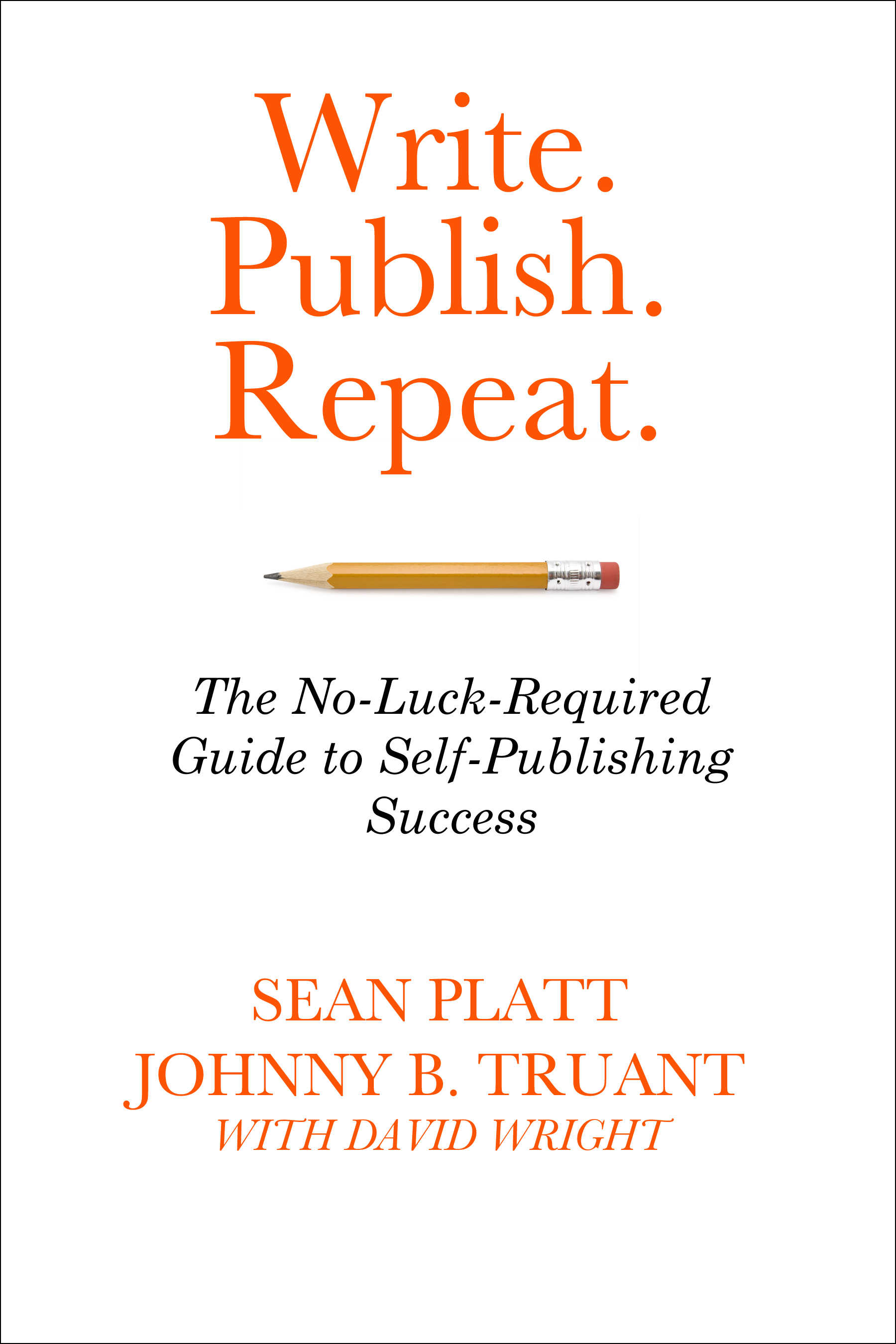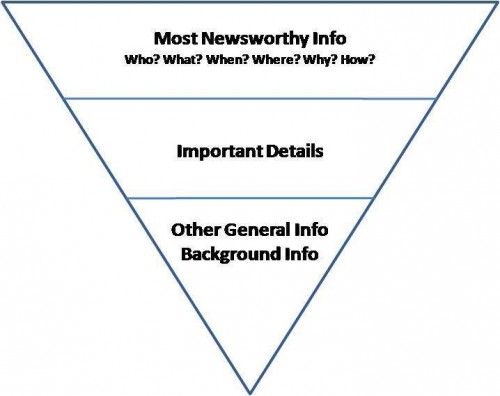Blog Post Structure: Inverted Pyramid

Book Review: Write. Publish. Repeat

5 Ways To Publish Outstanding Content On Your Law Blog
When it comes to blog posts, there’s more than one type of structure. Today, I’ll talk about a story structure borrowed from the school of journalism.
News journalists write in a structure known as the inverted pyramid. In essence, you put the most important information at the beginning of the post and as you write you include lesser and lesser important information until you get to the last sentence. As a result, you have a piece of prose that looks like a pyramid turned upside down.
What Type Of Blog Posts Will The Inverted Pyramid Work For?
The inverted pyramid style of writing was created for the news reporting business due to space limitations. In a newspaper or magazine, you have so many column inches dedicated to any story. Therefore, editors need a way to ensure the most important information get into the periodical for the benefit of readers. The inverted pyramid allows editors to cut off the ends of news stories if they turn out to be too long for the allotted editorial space.
Online, that space limitation isn’t an issue, but that doesn’t mean the inverted pyramid structure can’t work for your writing. It most certainly can.
If you do any guest blogging, you’ll find that most blog owners put word counts in their guidelines. Those word counts are there for a reason. Most blog owners/editors will reject your post if it is too long, but you might find one that will edit your post (especially if they purchase some or all of the rights to it), and during that editing process, you may find that some of your words change or disappear completely. The inverted pyramid structure will give that blog owner a sense of what information is most important for her readers and give her an easier and more timely way to make cuts should she feel them necessary.
Guest blogging aside, however, the inverted pyramid structure can be beneficial on your own blog, as well. I recommend it for any type of hard news writing such as what you’ll find on popular online news outlets like these:
It doesn’t matter whether you operate a local or a global news site, a general or niche website, or write for a specific demographic such as women, older Americans, or teens. Modern readers are sophisticated enough to be familiar with the inverted pyramid structure and will recognize it when they see it. By using this structure, you are cluing them in on the importance of the information you are sharing.
The inverted pyramid can also be used on non-news websites, even personal blogs. If you write a business blog for marketing purposes, you can still use this structure.
Use the inverted pyramid blog post structure any time you want to convey important information about a topic. That doesn’t mean you can’t include anecdotes, stories, and other literary elements in your writing, but by using the inverted pyramid structure on certain types of blog posts, you present information in an orderly way that is consistent with historic principles of information taxonomy.
Contact me through my contact form or
Call 717-253-2306


